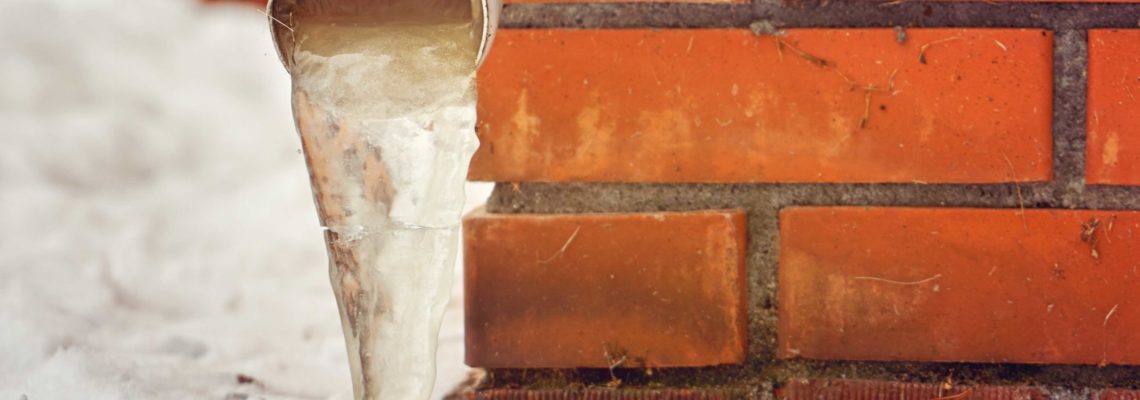Sump pump discharge hoses can freeze. When this happens, the sump pump has to work even harder, which means it could overheat and fail. If it fails, it could cause a disaster the next time water enters the sump basin. If you’d like to stop the sump pump line from freezing during the winter, use these tips to avoid having water in your basement in Springfield Missouri.
Bury the Sump Pump Hose
The sump pump hose should be buried in the yard if at all possible. It should be buried at least five inches below the frost line. The frost line is the line at which the soil doesn’t freeze. Burying it this far down helps protect it from freezing by insulating it with the soil around the home. The most common spots for the sump pump line to freeze are where it meets the ground at the frost line and at the end where the water disperses.
Extend Properly If The Line Can’t be Buried
If the sump pump line can’t be buried, extend it away from the home and place it on a downward slope. It’s not necessary to make sure the slope is steep, but it should be enough, so the water continues to flow through the line properly and doesn’t have a chance to freeze. At the end of the discharge hose, connect a freeze-resistant hose to help move water. The discharge hose needs to be long enough to move water at least 20 feet from the foundation. Standing water can cause the pipe to be more likely to freeze, so use a smooth, rigid hose to stop water from collecting in it.
Make Sure the Discharge Line is Insulated
If the sump pump discharge line needs to be above ground, another precaution to take is to insulate it. It’s also a good idea to insulate the intake section, so it doesn’t freeze. One way to do this is by attaching a larger pipe to the end of the sump pump with clamps, being sure to leave an air gap between the hose and the pipe. Another option, which may be easier to do, is to use hay and a tarp to cover the discharge line. Remember, it’s never a good idea to pour anti-freeze in the sump pump.
Test Regularly to Ensure It’s Working
It’s important to check the sump pump and test it regularly to make sure it is functional. If there is a flex discharge line, ensure it is clear and that there is no debris, snow, or ice in it. Check where the water is discharged as well so it doesn’t collect on the sidewalk or driveway and create ice.
Thaw Properly if it Does Freeze
If the sump pump discharge line does freeze, it can be thawed using portable heaters. It’s never a good idea to use a blow torch as there’s a chance of damage to the home or injuries. If it doesn’t thaw, call a professional and have them handle this for you. Turn off the sump pump until they arrive.
The proper precautions can help stop the sump pump discharge line from freezing. However, if you do ever have a flooded basement, call the professionals at PuroClean Certified Restoration in Springfield, Missouri, to do the job right.


